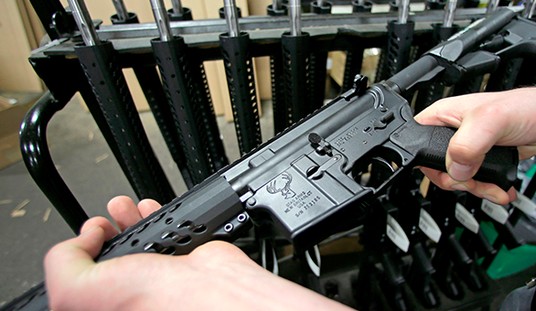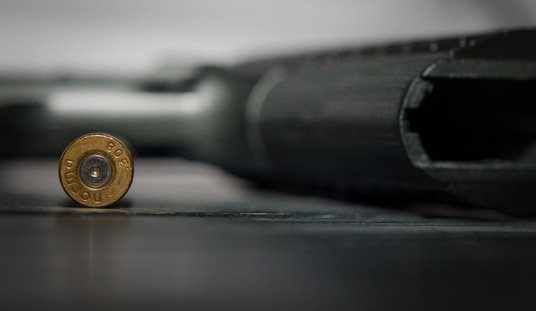Ruger has announced a recall on their popular Mark IV pistols.
Ruger recently discovered that all Mark IV™ pistols (including 22/45™ models) manufactured prior to June 1, 2017 have the potential to discharge unintentionally if the safety is not utilized correctly. In particular, if the trigger is pulled while the safety lever is midway between the “safe” and “fire” positions (that is, the safety is not fully engaged or fully disengaged), then the pistol may not fire when the trigger is pulled. However, if the trigger is released and the safety lever is then moved from the mid position to the “fire” position, the pistol may fire at that time. View Safety Bulletin PDF
MARK I, MARK II™ AND MARK III™ PISTOLS ARE NOT AFFECTED BY THIS RECALLAlthough only a small percentage of pistols appear to be affected and we are not aware of any injuries, Ruger is firmly committed to safety and would like to retrofit all potentially affected pistols with an updated safety mechanism.
Until your Mark IV™ pistol has been retrofitted or you verify that it is not subject to the recall, we strongly recommend that you not use your pistol.
How To Determine If Your Pistol Needs The Retrofit
All Mark IV™ pistols produced prior to June 1, 2017 are potentially affected and therefore are being recalled. This includes Mark IV™ Target, Hunter, Competition, 22/45™, 22/45™ Lite and 22/45™ Tactical models. These models bear serial numbers beginning with “401” (2017 models) or “WBR” (2016 models).
Firearms NOT subject to the Recall
Newly manufactured Mark IV™ pistols will begin with serial number “500.” Thus, if you have a Mark IV™ or 22/45™ pistol with a serial number beginning with the number “5,” your pistol is not subject to the recall.
Firearms That Have Been Retrofitted Already
Mark IV™ and 22/45™ pistols retrofitted with the updated safety mechanism are easily identified by the letter “S” in the white safety dot that is visible when the safety is engaged.
In fairness to Ruger, this is hardly the worst design flaw we’ve seen. I, for one, don’t expect a safety to work if it’s not fully engaged.
However, that’s just me.
This is likely to be an expensive fix for something that I think Ruger could easily avoid messing with due to the nature of it, but for me, that’s a good thing. It means Ruger is standing up and doing what it thinks is right, not what it thinks it has to do to avoid getting into trouble. In this day and age, that’s kind of rare for a business, but it shouldn’t be.
If you have one of these weapons, I’m going to urge you to take advantage of this. Yes, I know, I may not see it as the worst flaw ever, it’s still something that the weapon wasn’t intended on doing, and that should always be fixed if at all possible. Besides, people get careless from time to time, and it would be nice to know that your safety doesn’t need precise attention.
Good on Ruger for taking care of this and working to fix it for their consumers.








Join the conversation as a VIP Member